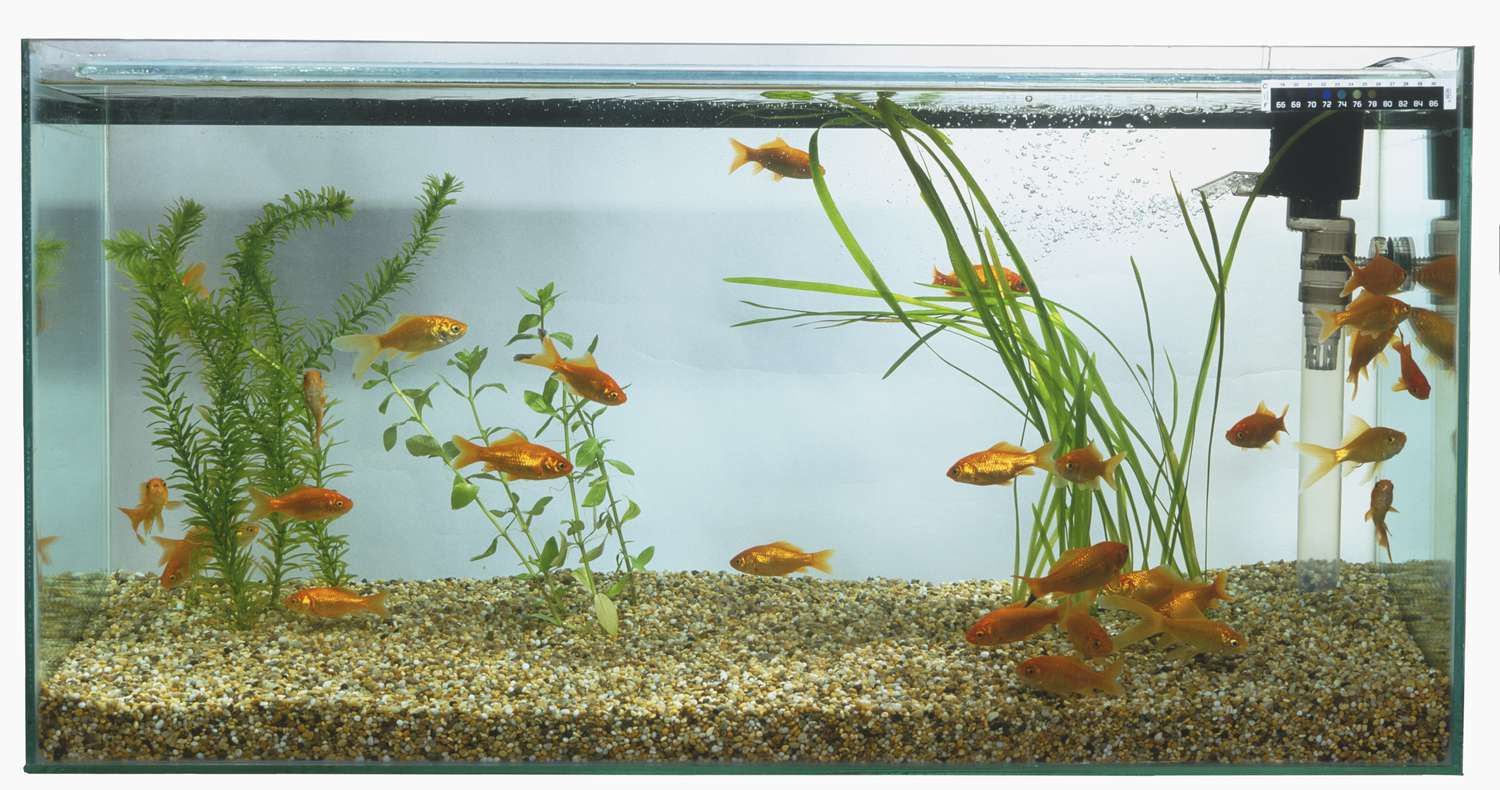A filter, or the “heart” of the tank as we like to call it, is an urgent part of a fully serviceable and tuned tank. As with many different things in the aquarium leisure activity, there are mind-boggling amounts of brands, types, and sizes. What type of filter is best for one and the tank? To begin with, one must understand the essentials of choosing the right fish tank filter.
Why does a tank need a filter?
The filter works as the “heart” of the tank, keeping the water flowing throughout, which prevents the water from becoming stale. Standing water creates dead space for alkali to develop, which can harm plants, fish, and shrimp. Not having water flow restricts the amount of oxygen passing through the tank. If one chooses to have a small tank with no filter or air stone, then at that point one should be mindful of ongoing water changes and make sure to limit the number of critters one has in the tank.
Moving water is important for the exchange of gases and supplies throughout the tank, which provides aquarium occupants with what they need for a healthy life. A properly functioning filter will also help clean and keep the water section squeaky clean, bringing the best quality outlook for the tank. As mentioned in our previous blog on the nitrogen cycle HERE, the filter is the essential region where useful microorganisms reside. Keeping beneficial microbes alive is important for the established tank and its occupants to flourish. This makes the filter a significant part of landscaping.

Clear filters
A cleaning filter consists of a flexible material that is placed inside the tank. The pneumatic machine is situated beyond the tank. The attractants of the filter, which is fed by the vacuum apparatus, pull the garbage or residues existing in the aquarium through the cloth. A cleaning filter is the least complex type of filter available. Many will avoid cleaning the filters because having a rag in the tank can be an unsightly sight.
Hold the rear filters securely
An airtight retention filter, or a HOB filter, is the most popular type of filter used by specialists. As the name suggests, the HOB filter will grip tightly to the edge of the tank (usually the back). This basic external filter will draw water from the tank via a siphon, pass the water through several segments of filter media, then return it to the tank via a spout.
Canister Filters
Canister filters are one of the more discreet but strong types of filters. Similarly, siphon-operated, the unit is normally positioned covertly under the tank within the aquarium stand. The main parts that will be seen are the return and outlet pipes, which can be negotiated from plastic lines to glass or steel lines to be more discreet.




